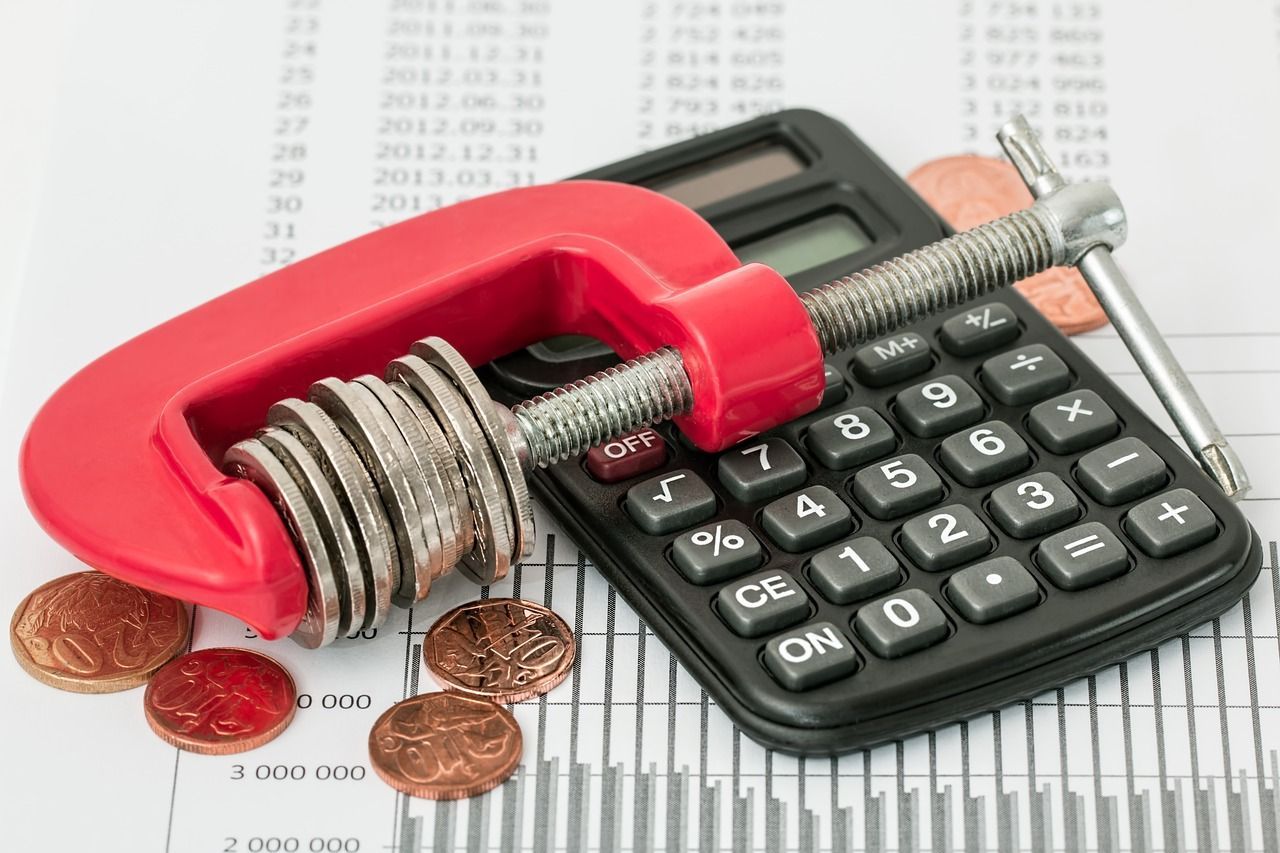ITRs Home Office Expenses
Clarke McEwan Accountants

If you perform some of your work from your home office, you may be able to claim a deduction for the costs you incur in running your home office, even if the room is not set aside solely for work-related purposes
COVID-19 IMPACT -
NEW ARRANGEMENTS
The Australian Taxation Office (ATO) has announced special arrangements this year due to COVID-19 to make it easier for people to claim deductions for working from home. The new arrangements will allow people to claim a rate of 80 cents per hour for all their running expenses, rather than needing to calculate costs for specific running expenses.
Multiple people living in the same house can claim this new rate. For example, a couple living together could each individually claim the 80 cents per hour rate. The requirement to have a dedicated work from home area has also been removed.
This new shortcut arrangement does not prohibit people from making a working from home claim under existing arrangements, where you calculate all or part of your running expenses.
Claims for working from home expenses prior to 1 March 2020 cannot be calculated using the shortcut method, and must use the pre-existing working from home approach and requirements.
The ATO will review the special arrangement for the next financial year as the COVID-19 situation progresses.
WORKING FROM HOME CLAIMS FOR 1 MARCH TO 30 JUNE
There are three ways that you can choose to calculate your additional running expenses for the 1 March – 30 June period:
- claim a rate of 80 cents per work hour for all additional running expenses.
- claim a rate of 52 cents per work hour for heating, cooling, lighting, cleaning and the decline in value of office furniture, plus calculate the work-related portion of your phone and internet expenses, computer consumables, stationery and the decline in value of a computer, laptop or similar device
- claim the actual work-related portion of all your running expenses, which you need to calculate on a reasonable basis.
The ATO has stated that the three golden rules for deductions still apply. Taxpayers must have spent the
money themselves and not have been reimbursed, the claim must be directly related to earning income, and there must be a record to substantiate the claim.
WORKING FROM HOME BEFORE 1 MARCH 2020
Claims for working from home expenses prior to 1 March 2020 should be calculated using the existing approaches and are subject to the existing requirements.
RUNNING
EXPENSES
A deduction can be claimed for home office running expenses comprising of electricity, gas and depreciation of office furniture (e.g. desk, tables, chairs, cabinets, shelves, professional library) in the amount of:
·The actual expenses incurred; or
·52 cents per hour
Like making a motor vehicle claim, diary/logbook evidence should be maintained for a 4-week period to establish a pattern of working from home and justify the number of hours you are claiming.
No deduction is allowed where no additional costs are incurred e.g. you work in a room where others are watching TV, or the income producing use of the home is incidental e.g. 52c per hour would not be allowed for a fax machine permanently left on to receive documents.
You will need receipts for:
·h ome office equipment used for work purposes
·repairs relating specifically to home office/furniture and equipment used for work purposes
·cleaning expenses of home office
·any other day-to-day running expenses for the home offic e
· diary entries to record your small expenses ($10 or less) totalling no more than $200
TELEPHONE (INC. MOBILES) + INTERNET COSTS
If work or business calls can be identified from an itemised telephone account, then the deduction can be claimed for the work or business-related portion of the telephone account. A representative four-week period will be accepted as establishing a pattern of internet and telephone use for the entire year.
Telephone rental expense may be partly deductible if you are "on call" or required to contact your employer or client on a regular basis.
DEPRECIATION ON EQUIPMENT
Depreciation on home office equipment including office furniture, carpets, computer, printer, photocopier, scanners, modem etc. used only partly for work or business purposes can be apportioned.
The claim is based on a diary record of the income related and non-income related use covering a representative four-week period. The diary needs to show:
- The nature of each use of the equipment
- Whether that use was for an income producing or non-income producing purpose
- The period for which is was used
OCCUPANCY EXPENSES
Claims for occupancy expenses are allowed only if the home is used as a place of business. Occupancy expenses include rent, mortgage interest, water rates, repairs, house insurance premiums.
The claim can be made as an apportionment of total expenses incurred on a floor area basis.
Warning: Being able to claim theses expenses may affect your 'main residence exemption' for capital gains tax purposes if you sell your house in the future.
WHEN IS A HOME A PLACE OF BUSINESS?
The following factors, none of which is necessarily conclusive on its own, may indicate whether, or not, an area set aside has the characteristics of a place of business:
- the area is clearly identifiable as a place of business
- the area is not readily suitable or adaptable for use for private or domestic purposes in association with the home generally
- the area is used exclusively, or almost exclusively, for carrying on a business, or
- the area is used regularly for client or customer visits.
If you use your home to carry out income producing activities as a matter of convenience, you are not entitled to a deduction for occupancy expenses. It would be rare for an employee to be able to claim occupancy expenses .
WHAT NEXT ?
For further information and expert assistance to prepare your tax return and maximise your tax refund, contact our office today!





Liability limited by a scheme approved under Professional Standards Legislation


